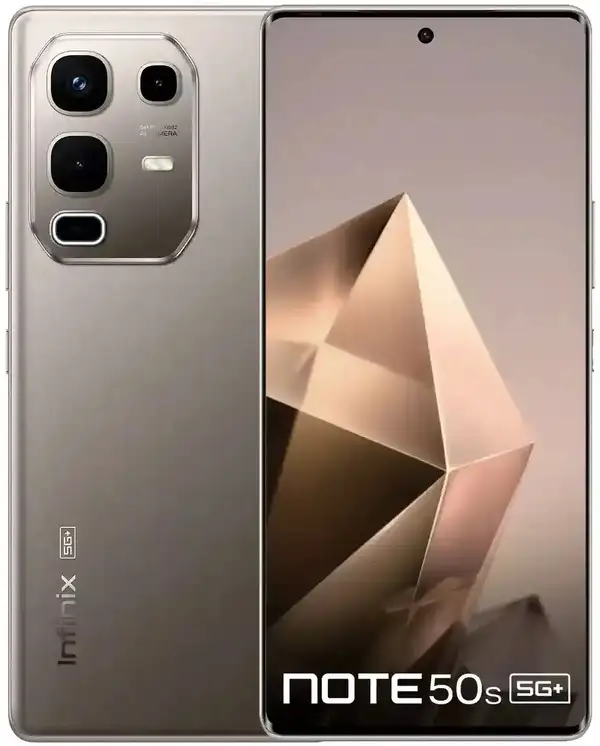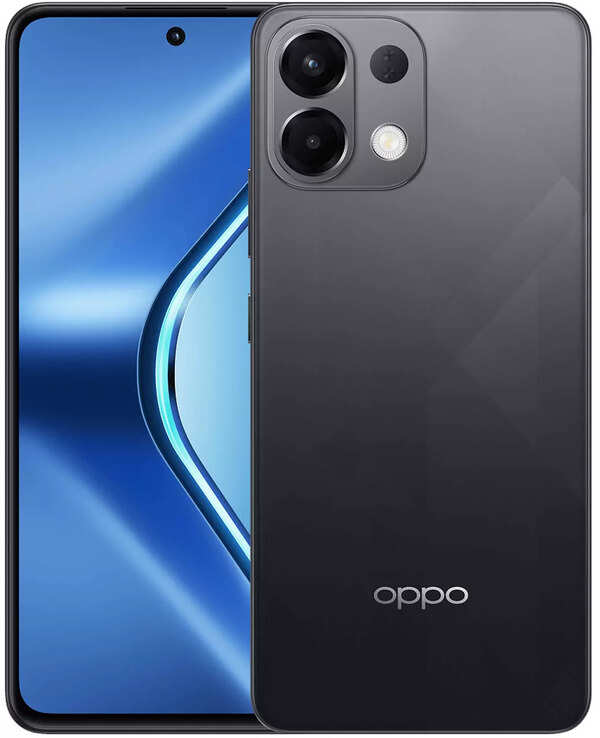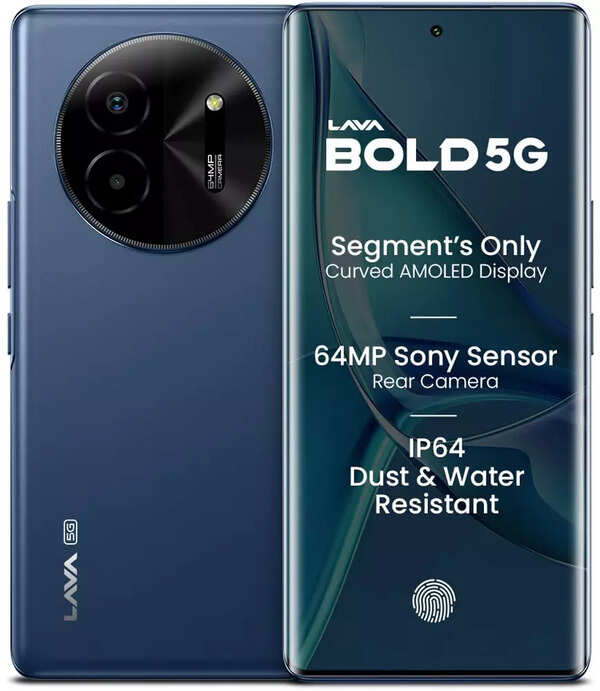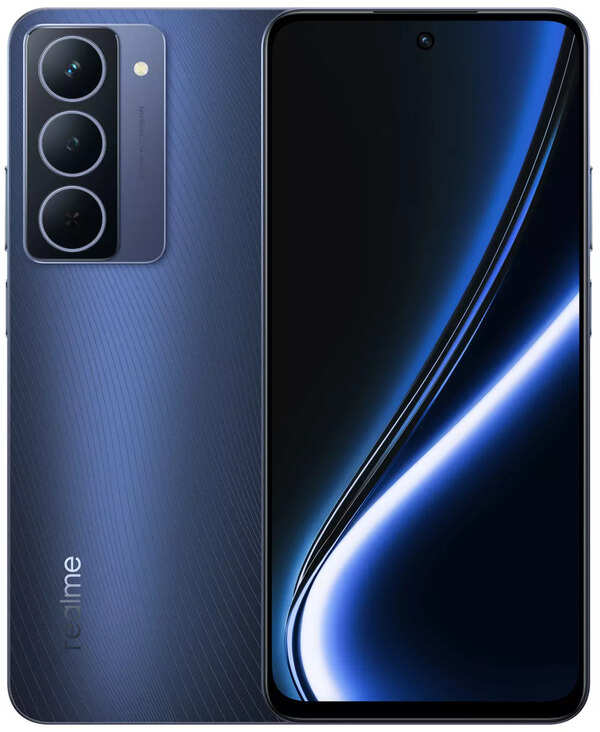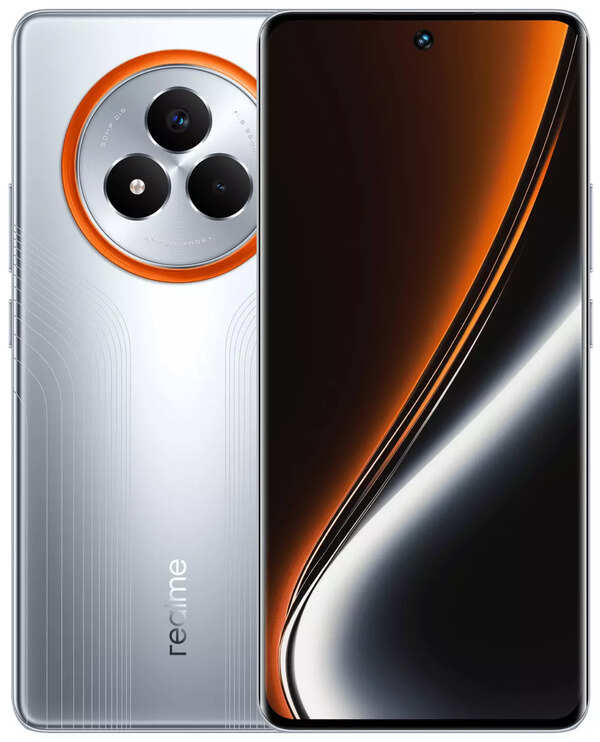- News
- Technology News
- Tech News
- Apple may be testing Elon Musk’s Neuralink-like technology to allow users to control their iPhones
Trending
Apple may be testing Elon Musk’s Neuralink-like technology to allow users to control their iPhones
Apple is exploring brain-computer interface technology, similar to Neuralink, to allow iPhone control via neural signals. Collaborating with Synchron, Apple aims to enable users with disabilities, like ALS, to operate devices using brain implants.
Apple is reportedly testing a technology similar to Elon Musk’s Neuralink that will allow users to control their iPhones with their brains. This technology will help the Cupertino-based tech giant enable iPhone users to control their devices using neural signals captured by brain implants, a report claims. With this technology, Apple could improve accessibility for individuals unable to use their hands due to severe spinal cord injuries or diseases like amyotrophic lateral sclerosis (ALS). This became possible after implants from companies like Musk’s Neuralink received FDA approval. In January, the Tesla and SpaceX CEO announced Neuralink has sucessfully implanted its device in third patient. These implants, known as brain-computer interfaces, have already been safely placed in some patients.
How Apple’s brain implant technology will work for iPhone users
End of Article
Latest Mobiles
Follow Us On Social Media


